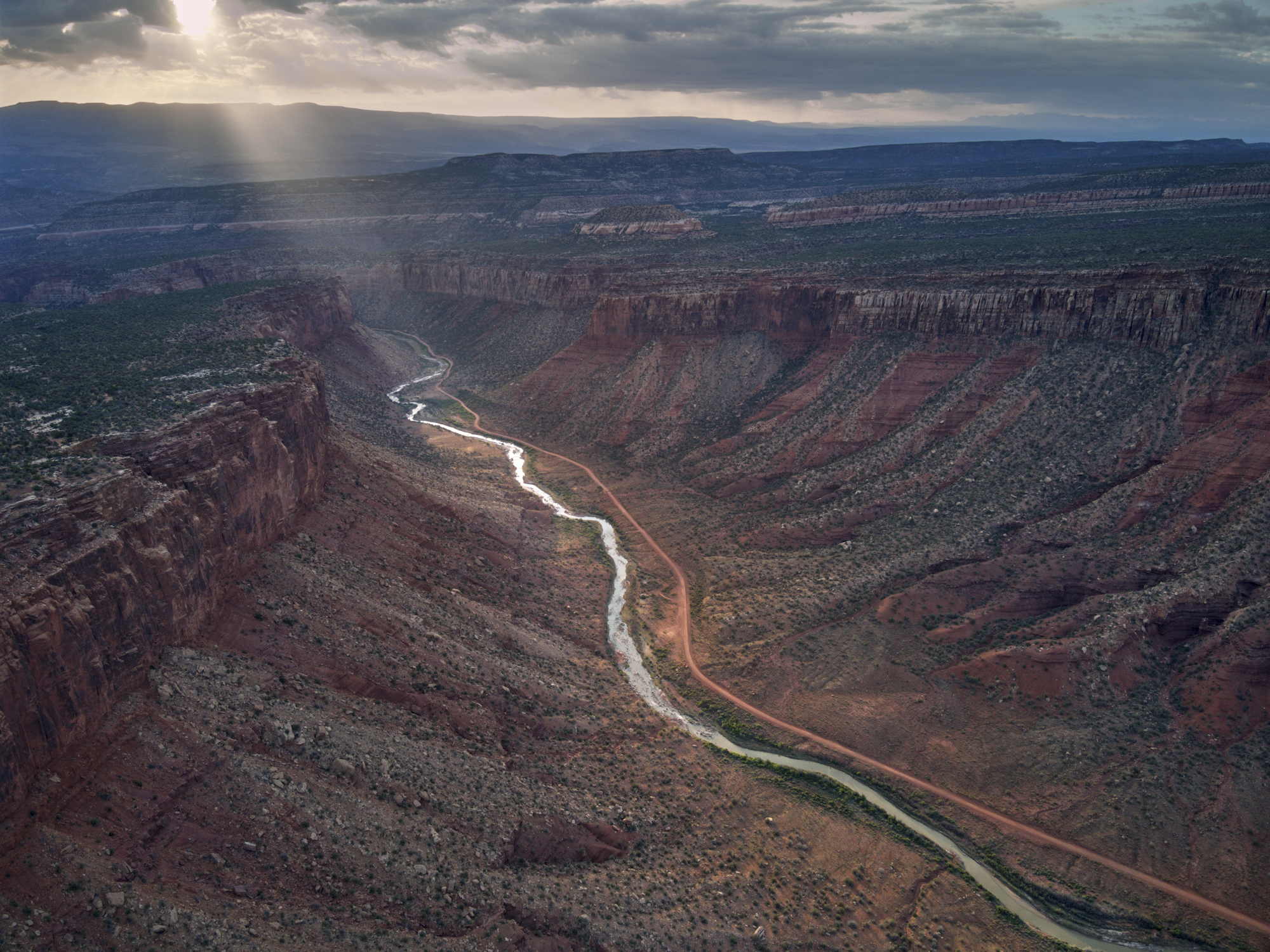Wilderness Workshop Creates a New Paradigm in BLM Management
This article first appear in our Winter 2023 issue of Wild Works

In response to two lawsuits filed by Wilderness Workshop and our partners, the Bureau of Land Management (BLM) is developing two new management plans in Western Colorado that will determine how 2 million acres of public lands and minerals will be managed for decades to come.
While still a draft, the new alternatives under consideration for the plans represent a sea-change in how the BLM manages our public lands. Instead of the historical practice of opening the majority of lands to oil and gas leasing without consideration of other values (such as wildlife habitat and recreation), these new plans constitute a new balanced approach and include substantial closures of new oil and gas leasing. Equally significant, the alternatives include many new conservation designations, such as new Areas of Critical Environmental Concern (ACEC) and a new Wilderness Study Area (WSA) in Eagle County (see bottom section of this page). We’re especially excited about this–the last time any BLM Field Office designated a WSA was twenty years ago!
The region in question, from the Upper Colorado and Roaring Fork Rivers in Eagle and Pitkin counties to Grand Junction, contains some of our state’s most important wildlife habitat, treasured recreation areas, wildlands that deserve to be protected for future generations, critical water resources and Indigenous cultural sites. Iconic landscapes like the Grand Hogback, the Lower Dolores River canyon country and the Thompson Creek Fins are all within the boundaries of the management plans.

Above: The management plans encompass two BLM field offices: the area outlined in red on the left is managed by the BLM Grand Junction Field Office; on the right is the BLM Colorado River Valley Field Office.
“Throughout the recent comment period, we witnessed phenomenal support from local communities for the new management options because they go the extra mile to protect wildlands, wildlife, water and our climate. We want the BLM to enact common-sense closures to new oil and gas leasing of additional public lands with documented community and conservation values,” said Erin Riccio, Advocacy Director at Wilderness Workshop. “We are urging the BLM to listen to the voices of community members who commented on the draft and provide us with strong final plans.”
These positive developments wouldn’t have been possible without Wilderness Workshop’s on- going advocacy and successful lawsuits on the original management plans. We remain hopeful the Biden administration will meet the moment and do right by our public lands and climate.
Our 2016 lawsuits challenged the original management plans for these field offices, which left 80% of the public lands open to oil and gas leasing and development. Fast forward to this fall: the BLM’s new draft plans would close 80-95% of lands to new oil and gas leasing. This is a far more balanced approach to land management for this region, as it includes sensible protections for critical wildlife habitat, community water sources, and lands with documented wilderness characteristics.
Recognizing the significance of this moment and the opportunity that lay ahead, Wilderness Workshop and our partners at the Colorado Wildlands Project built a coalition of our members (that’s you!), partner organizations, elected officials, business owners and agricultural producers to come together and advocate for a unifying vision for our region’s BLM public lands—one that scales up conservation while scaling down climate pollution.
Throughout the course of the draft public comment period, WW and our partners generated nearly 6,000 public comments in support of conservation management and asking the BLM to halt future leasing altogether (a critical step if we are to fulfill our country’s climate pledge).
Our organizing and advocacy work also resulted in comment letters supporting increased conservation from 85 local businesses, 30 agricultural producers and elected officials ranging from mayors to US Representatives. We expect the BLM to release their final plans in the middle of 2024.
What is a Wilderness Study Area?
One of the most important parts about the BLM’s draft management plans is the proposal to expand the Castle Peak Wilderness Study Area in Eagle County. But what are Wilderness Study Areas and why are they so important for conservation?
Wilderness Study Areas (WSAs) are the BLM’s most durable and protective tool for the management of wildlands. Through their land-use planning processes like the management plans currently underway in Western Colorado, the BLM is able to expand or create new WSAs.
Once a WSA is designated, the BLM manages these lands to protect their suitability for future designation as wilderness. WSAs are closed to oil and gas leasing, logging, road-building, and are generally managed for limited impacts. WSAs are an important tool of the agency’s multiple- use mission and preserve Congress’ prerogative to ultimately designate these areas as part of the National Wilderness Preservation System.
In Colorado, the BLM manages 45 Wilderness Study Areas across 540,000 acres, which represents only about 6% of the 8.3 million acres of BLM lands in the state. WSAs present one of the biggest opportunities for conservation gains on BLM lands and are critical for climate adaptation and ecosystem resilience.
The proposed Castle Peak WSA expansion would be the first time in two decades the BLM has expanded or designated a new WSA anywhere in the country. We’re proud of our advocacy that would not only set an important national precedent for the protection of BLM lands but also preserve a rare higher-elevation wildland that’s home to Colorado cutthroat trout, elk, and mule deer.

